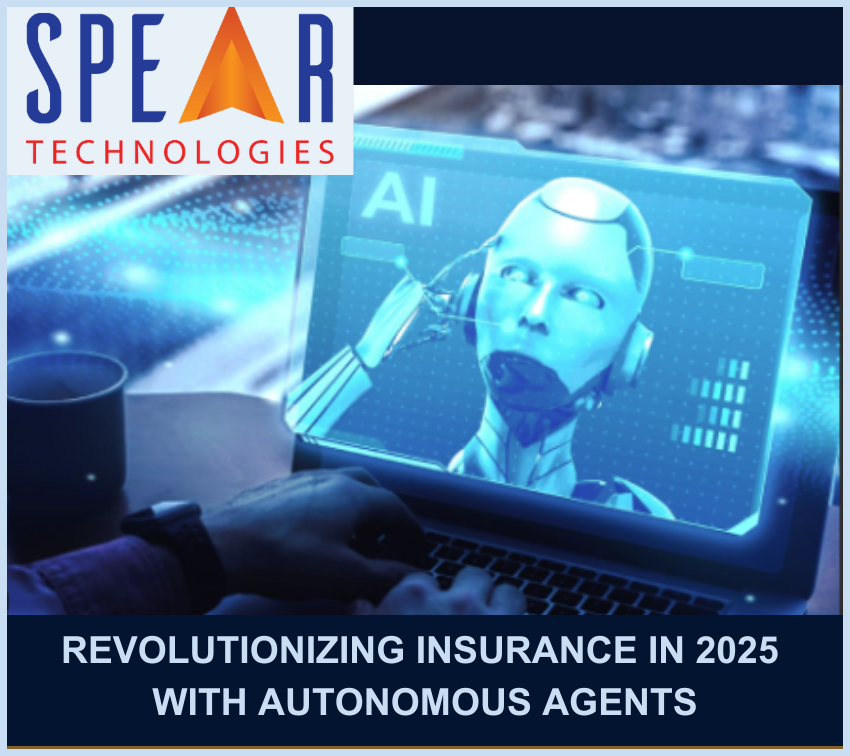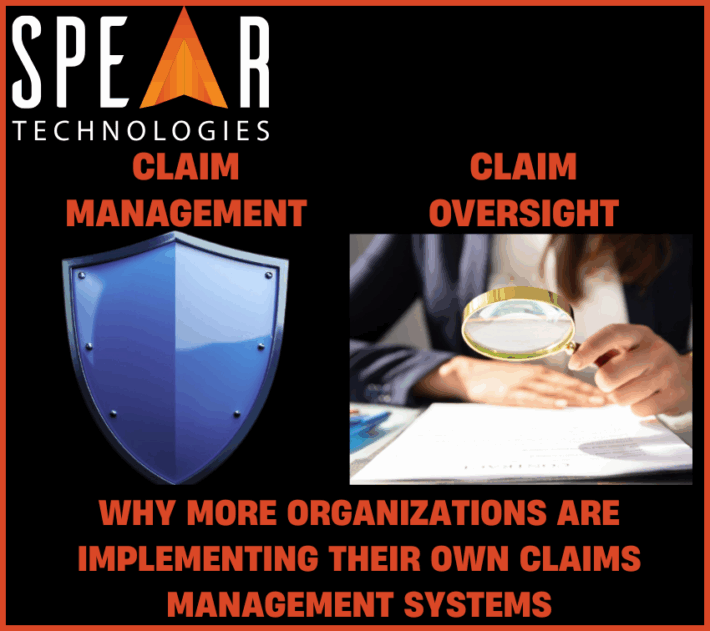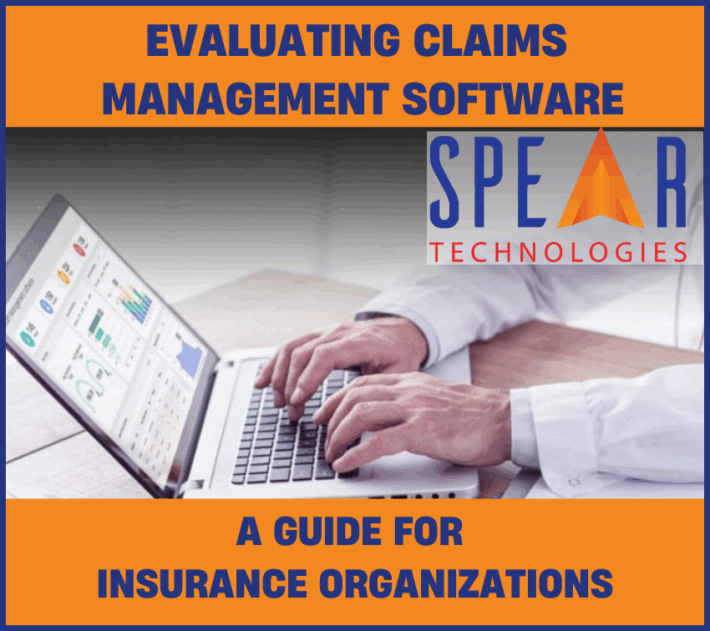Revolutionizing Insurance in 2025 with Autonomous Agents

One of the most exciting advancements in insurance technology you’ll be hearing about in 2025 is the advent of Autonomous Agents. This article explores what they are, their capabilities, and how they can transform operations in policy administration, claims management, and customer engagement to make organizations more agile, customer-focused, and efficient.
What are Autonomous Agents?
Autonomous Agents are advanced AI-driven systems designed to manage and optimize tasks with minimal human intervention. Unlike traditional automation tools, these agents are proactive, adaptable, and continuously learning. They can predict needs, initiate actions, and adjust to changing conditions or inputs, enabling them to operate effectively in dynamic environments.
These systems go beyond executing predefined workflows by integrating with various tools and data sources to make informed decisions and optimize processes end-to-end. Autonomous Agents also learn from past interactions, refining their decision-making over time. Their capabilities extend beyond task automation to include holistic problem-solving, making them versatile assets for organizations.
By enabling agility, reducing manual workloads, and enhancing decision-making, Autonomous Agents are transforming industries like insurance, customer service, and operations, where efficiency and responsiveness are critical.
How Autonomous Agents Work
Autonomous Agents leverage multiple capabilities to execute their tasks seamlessly:
1. Knowledge Integration
Agents can interact with a variety of data sources and systems to access and process information, enabling them to make informed decisions. Key integrations include:
- Dataverse Tables: Retrieve and update records for real-time data processing.
- External Websites: Fetch the latest information relevant to their tasks.
- SharePoint: Access and process documents, ensuring comprehensive decision-making capabilities.
2. Topics
Each agent is structured around specific topics, defining their areas of expertise. This specialization allows them to handle various scenarios effectively, from claims processing to policy administration.
3. Triggers
Autonomous Agents respond to specific events or conditions, ensuring timely and relevant actions. Common triggers include:
- Data Changes: Detecting updates in data sources and initiating appropriate actions.
- Scheduled Events: Performing tasks at predetermined intervals.
- User Interactions: Engaging with users through communication channels like chatbots or emails.
4. Actions
Autonomous Agents are equipped to perform a wide range of actions, such as:
- Data Management: Creating, reading, updating, and deleting records.
- Communication: Sending notifications and engaging with users through messaging systems.
- Process Automation: Executing complex workflows without human intervention.
5. Analytics
Autonomous Agents aren’t just about doing; they’re also about improving. Tools like Copilot Studio provide analytics to monitor agent performance, offering insights into task completion rates and interaction effectiveness. These analytics allow organizations to fine-tune agent performance and maximize efficiency.
6. Channels
Agents interact with users across multiple platforms, ensuring seamless communication and engagement. Key channels include:
- Microsoft Teams: Facilitating internal communication and collaboration.
- Web Applications: Engaging with customers via intuitive web interfaces.
- Email: Sending and receiving important information through email interactions.
How Autonomous Agents Differ from Power Automate Flows
While both Autonomous Agents and Power Automate flows are designed to enhance automation, they have distinct differences:
- Autonomy: Autonomous Agents operate independently, making decisions based on AI, whereas Power Automate flows follow predefined steps.
- Adaptability: Agents can respond to changing conditions and learn from interactions, while flows require manual updates for changes.
- Interactivity: Agents engage in real-time conversations with users, offering dynamic responses, whereas flows typically lack this level of interaction.
The Future of Insurance Operations with Autonomous Agents
Autonomous Agents are redefining operations across key areas such as:
- Policy Administration: Automating tasks like policy issuance, renewals, and endorsements.
- Claims Management: Accelerating claims triage, FNOL submissions, and resolution processes.
- Customer Engagement: Personalizing interactions through intelligent chatbots and dynamic service adjustments.
By adopting Autonomous Agents, insurers can reduce operational overhead, improve customer satisfaction, and remain competitive in an increasingly digital world.
Stay tuned for upcoming articles that will dive deeper into the real-world applications of Autonomous Agents in the insurance industry. Discover how these cutting-edge tools are revolutionizing operations and enabling organizations to thrive in a fast-paced, customer-centric environment.
Schedule a Demo to see first-hand how your organization can begin leveraging autonomous agents with SpearSuite™, our full range of award-winning P&C insurance software solutions including claims management, policy administration, and portal solutions built by industry experts on a modern low code platform that delivers the power of built-in AI and Analytics.
To discover how Spear’s solutions are accessible to insurers of all sizes, Request Pricing.



